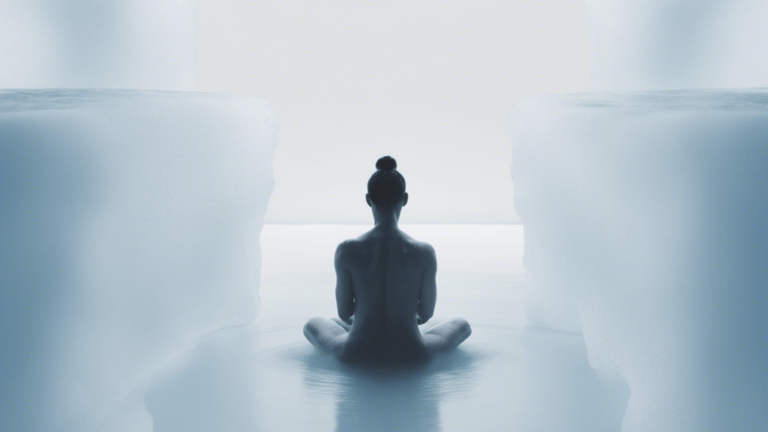How many times a week should you ice bath?
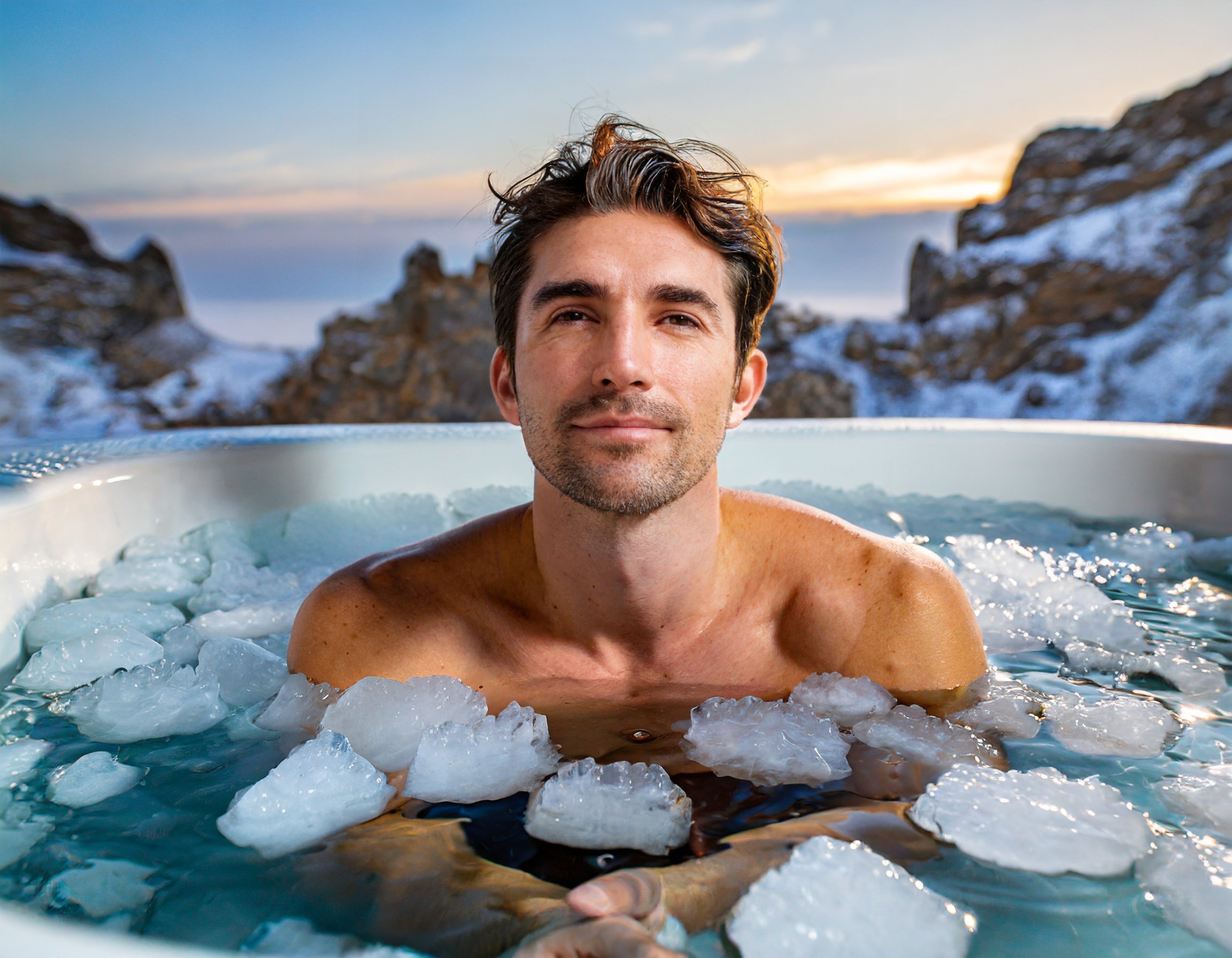
Have you ever considered dipping yourself in icy cold water after an intense workout session or just as part of your wellness routine? If the thought of experiencing a cold temperature sends a shiver down your spine, you are not alone.
Ice bathing is a very popular wellness practice among different communities, especially those involved in intense physical activities, such as athletes. This practice involves immersing your body in freezing water for a certain duration which provides a range of health benefits.
People who are new to ice bath practice often ask, “How many ice baths a week are good for health?”
In this article, we will explore different aspects of ice bath therapy, including its history and health benefits. After a detailed explanation, we will determine what frequency of ice baths is best for you.
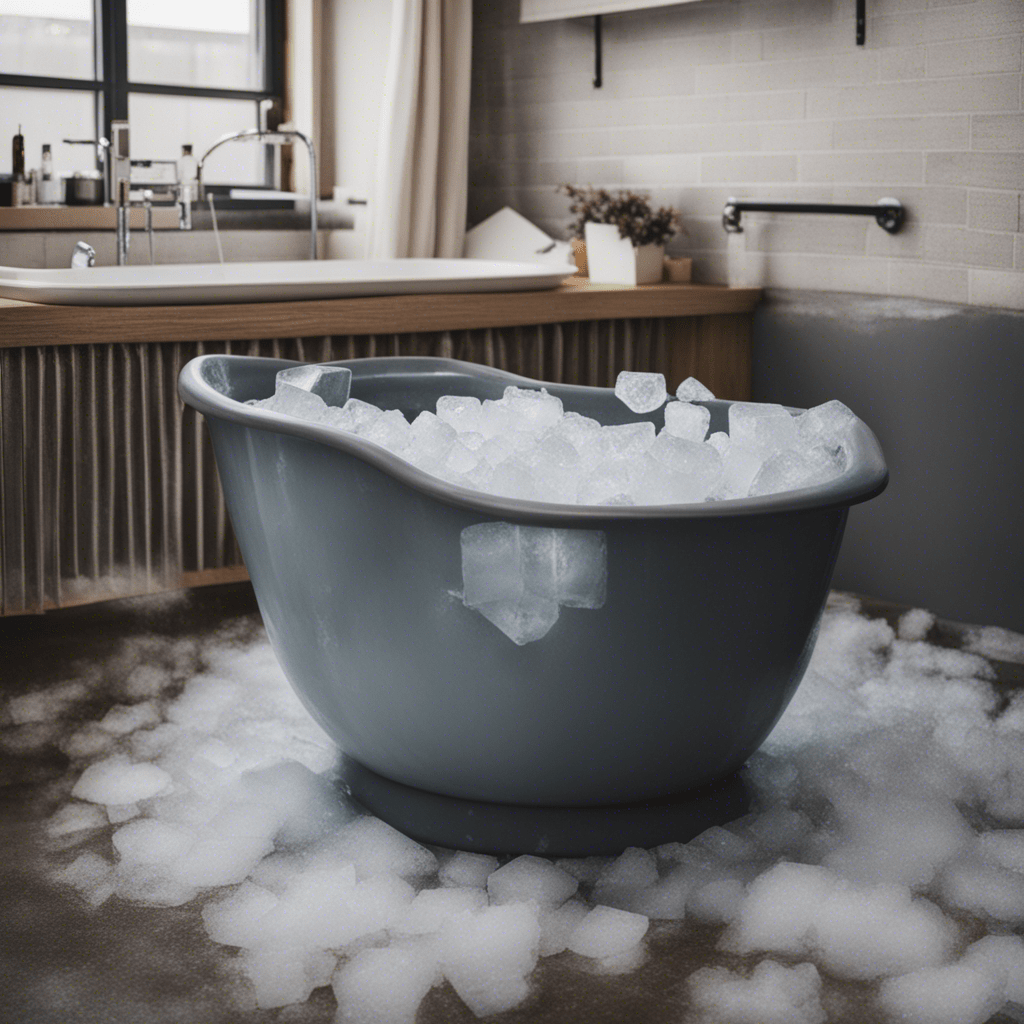
What is Ice Bath Therapy?
For beginners, an ice bath is a wellness practice that involves immersing yourself in a tub filled with ice or cold water. However, it is not as simple as throwing some ice blocks into a tub of water. The specific temperature for an ice bath is between 10 and 15 degrees Celsius or 50 and 59 degrees Fahrenheit.
Any temperature above this may not be effective for ice bath therapy benefits, while a temperature lower than this may put you at health risk. Some common risks associated with cold water therapy are hypothermia and frostbite.
However, if you practice ice bath therapy according to the recommended guidelines, it can benefit your physical and psychological health. For example, athletes use ice baths for muscle recovery after intense physical activity sessions. Besides recovery, ice baths also offer a range of health benefits, which we will explore later in this article.
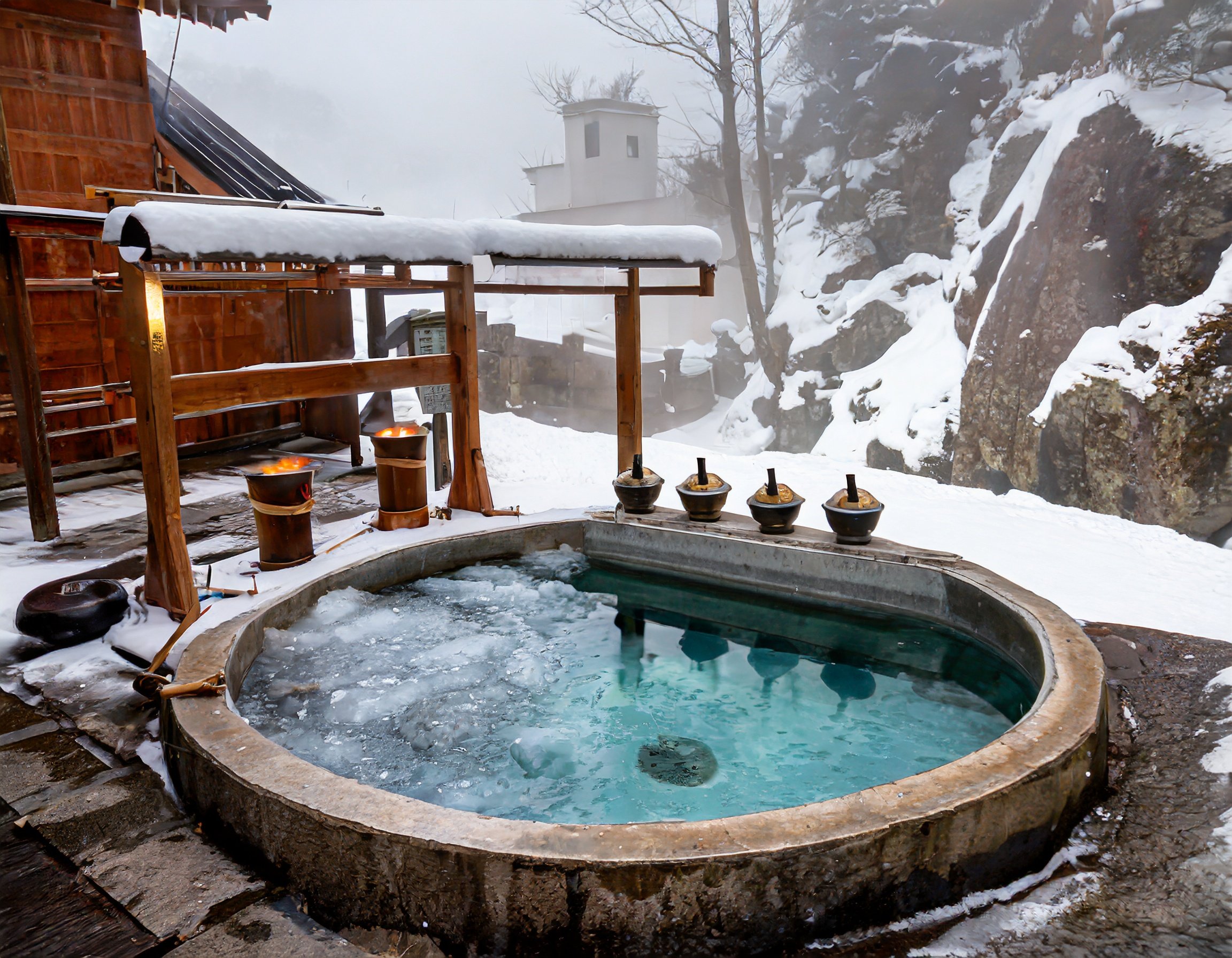
History of Ice Baths
For many, ice baths may sound like just another modern fitness trend. However, studies show that ice baths were a part of the wellness routine in centuries-old communities such as Ancient Greeks and Japanese Misogi.
In today’s wellness culture, you will find many athletes and celebrities who regularly practice ice baths and endorse them for their health benefits. Some popular athletes including LeBron James, Tom Brady, and Michael Phelps use ice bath therapy as a wellness routine for physical health benefits.
Many wellness influencers, including Tony Robbins and Tim Ferriss, and celebrities like Harry Styles, Lady Gaga, and Kendall Jenner like to take ice baths and often endorse this practice.
These testimonials from famous people aren’t enough for those who are skeptical about ice baths. This is why it is important to explore what scientific evidence has to say about the health benefits of ice baths.

Health Benefits of Ice Baths
Ice baths can benefit people from all walks of life, whether you are looking to boost your athletic performance or just willing to improve your overall well-being. Here are some scientifically backed health benefits of ice baths:
Physical Health
Ice bath or cold water immersion is very popular among athletes as they use this practice for physical health benefits. Muscle soreness and injuries are common among athletes, and it can impact their performance. Cold water immersion is scientifically proven to reduce muscle soreness and the risks of injuries.
A study published in the Sports Medicine Journal suggests that cold water immersion is comparatively better than passive recovery from muscle soreness. A 2023 study shows that cold water immersion effectively reduces the risk of delayed-onset muscle soreness (DOMS) and boosts recovery.
A study by the American Journal of Physiology shows that cold water immersion helps accelerate muscle recovery and improve function. Quicker recovery helps athletes return to training without longer breaks, improving their performance.
One underrated physical health benefit of cold water therapy is the activation of brown fat. Brown fat is a type of fat that activates and burns in cold temperatures to provide heat to the body. This activation of brown fat can help in weight management to a certain limit with people who practice ice baths regularly.
Mental Health
The fact that cold water immersion impacts psychological health might be surprising to you. The practice of immersing yourself in cold water regularly results in a range of psychological changes in the body and leads to mental health benefits.
The key mental health benefit of ice bath therapy is mental resilience or the ability to deal with stress efficiently. When you prepare your mind for the uncomfortable experience of immersing in icy cold water, you actually prepare your mind to deal with uncomfortable experiences in daily life. With time, this experience transforms into mental toughness and helps against routine stress.
A study by the Medical Hypothesis Journal shows that cold water therapy is beneficial for reducing stress. Another 2018 study reported that cold water therapy can improve depression and anxiety-related symptoms.
The release of endorphins from cold temperatures is one of the main reasons for the mental health benefits of ice baths. A 2023 study published in the National Library of Medicine shows that cold water immersion stimulates the release of endorphins in the brain. Endorphins are your natural feel-good hormone that enhances your mood and creates a sense of happiness.

How Many Ice Baths A Week is Healthy?
People who are new to this wellness practice often ask questions about the frequency of ice baths. How many times a week you should ice bath depends on your goals and your body’s response.
Your Wellness Goals
Like most of the wellness practices, the frequency of ice baths also largely depends on your wellness goals. How often you may need to practice ice baths can significantly vary from other individuals with different goals.
For example, if you are an athlete and engage in intense physical activities, you may feel the need for an ice bath after a training or playing session. On the other hand, if you are someone who practices ice baths just to lift your mood, you may feel the need for ice baths once or twice a week.
Medical and fitness experts have different opinions about the ideal frequency for ice baths. However, they all agree on one point which is starting slowly and gradually increasing the frequency depending on your body’s response.
Your Body’s Response
Every individual has a different capacity to tolerate cold temperatures, as every individual is different in terms of genetics and environmental exposure. Understanding your capacity is key to determining the ideal ice bath frequency for yourself.
When you are immersed in an ice bath, pay close attention to how your body responds. If your body is able to tolerate the cold temperature of an ice bath, you are good to perform this practice several times a week. On the other hand, if you feel extreme physical and emotional discomfort during your ice bath session, you must not go for this practice more often.
More importantly, if you have a cardiovascular condition, Raynaurd’s Disease, or you are a pregnant woman, you must avoid this cold experience. We recommend consulting your healthcare provider regarding your doubts about the impacts of ice baths on your health condition.
Experts Recommendations
Experts recommend starting with a single ice bath session per week when you are a beginner. As your tolerance to cold temperatures improves, you can gradually increase the frequency from once a week to two to three times a week.
It is essential not to overdo this practice, as it can lead to serious health risks. In worst-case scenarios, ice baths can lead to complications like frostbite and hypothermia. To avoid such complications, understand your body’s limitations and follow expert guides for an effective ice bath experience.
It is important to remember that ice baths are not a replacement for any treatment but just a wellness practice to improve overall physical and mental well-being.
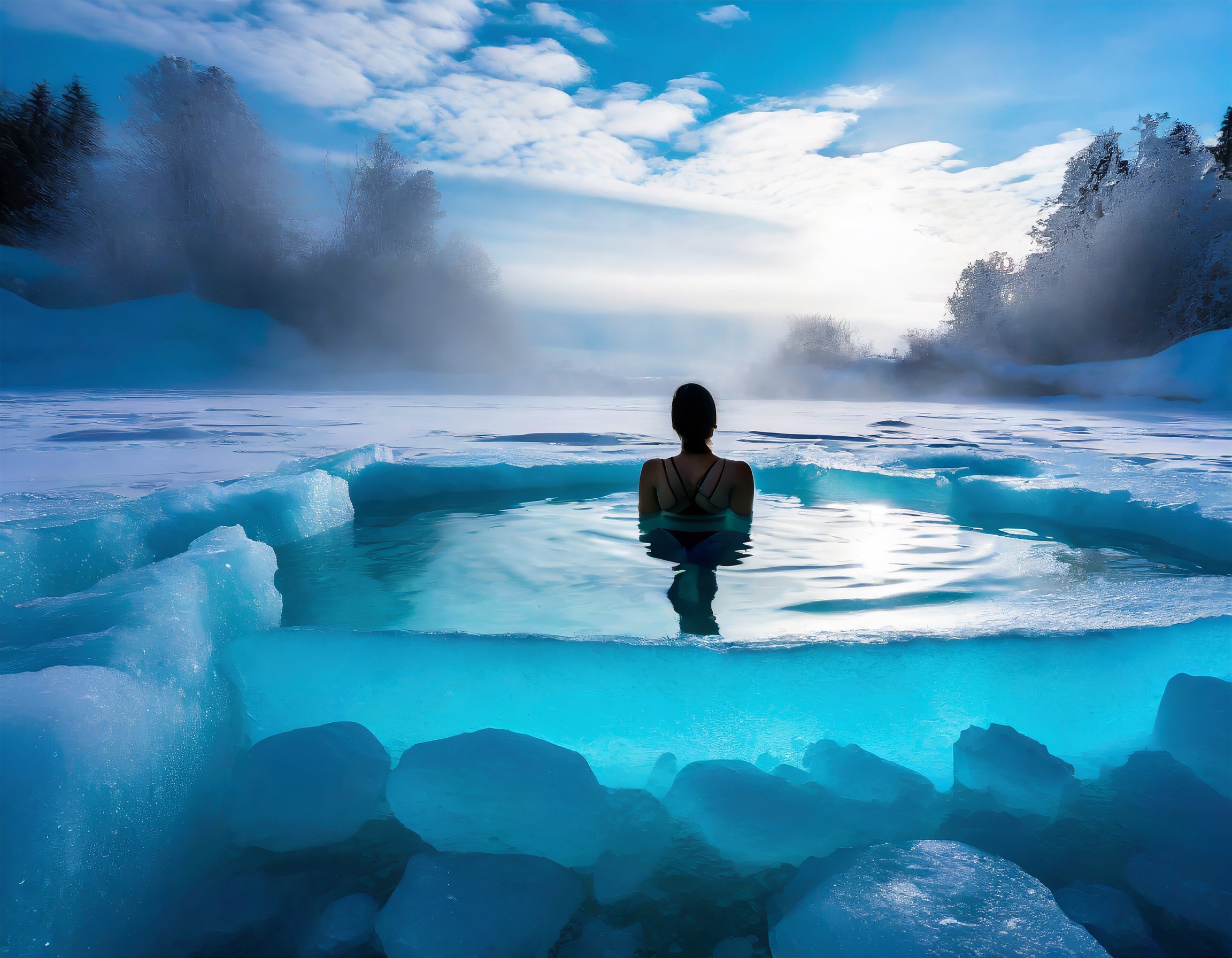
Conclusion
Ice baths are very popular in today’s world, especially among athletes and wellness enthusiasts. Ice baths influence your body in many ways and offer multiple physical and mental health benefits. The health benefits of ice baths are scientifically-backed instead of just based on individual testimonies.
People who are new to this wellness practice often ask how many ice baths a week are enough to obtain health benefits. The answer to this question depends on various factors. The two important factors to consider when determining the frequency of ice baths are your wellness goals and your body’s response to cold.
In general, begin with one shorter session per week. As your body adapts to ice baths, you can increase the duration and number of sessions. By following these recommendations, you can obtain the maximum health and wellness benefits from ice baths.







